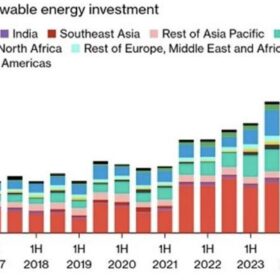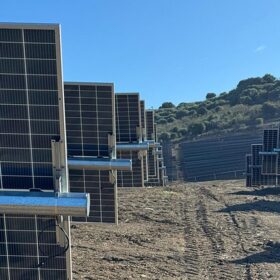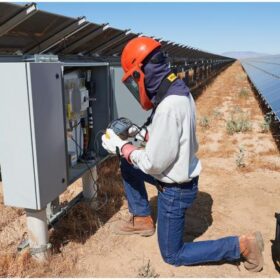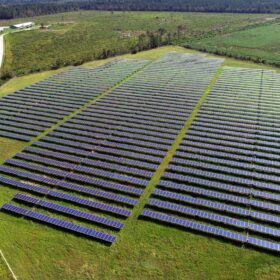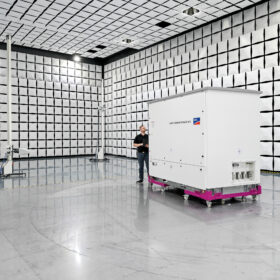“Germany is simply far ahead,” says solar executive
Why do photovoltaic customers in the US have different needs than those in Germany? And what does that mean for planning software that has already been very successful in one market and now aims to succeed in the other? Chris Hopper, co-founder of Aurora Solar, discusses AI-supported house models, lidar data, the One Big Beautiful Bill, the necessity of circuit diagrams, and why the German market is more advanced than the US market in an interview with pv magazine.
What WTO can still do to regulate global cleantech trade
pv magazine spoke with energy and environmental law expert Anatole Boute about the past and future role of the World Trade Organization (WTO) in regulating trade disputes related to clean energy technologies amid current geopolitical tensions. He noted that despite recent protectionist efforts to revive the solar manufacturing industry, the European Union still strives to remain compliant with WTO rules.
Renewables investments shifting from US to EU, says BloombergNEF
Utility-scale solar investment fell 19% globally, led by mainland China, Spain, Greece, and Brazil, while EU spending rose 63%, says BloombergNEF (BNEF).
PV Hardware opens solar tracker factory in Texas
The company opened a 95,000 square foot facility that is expected to create 100 jobs in Houston, adding to its existing footprint in the area.
PV Hardware offers new terrain-following tracker solution
The manufacturer announced terrain-conforming tracker support, enabling up to 2° of variation between posts. The new solution is meant to enable solar PV on more difficult sites without increasing environmental impact or construction costs.
Meyer Burger files for insolvency, lays off over 900 workers
Germany solar manufacturer ceased operations at three subsidiaries, including its new module production facility in Arizona.
Amid skill shortages, companies continue to outsource solar maintenance
About half of more than 400 surveyed original equipment manufacturers, technicians and installers said they are using external partners for their solar maintenance.
Solar developer Emeren evaluates buyout, CEO steps down
Emeren Group specializes in community and utility-scale solar and energy storage project development, construction and financing.
SMA America releases 99.2% efficient grid-scale battery storage inverter
The inverters use a silicon carbide metal-oxide-semiconductor field-effect transistor for high power conversion capability.
Ecoprogetti supplies Texas solar panel maker with 800 MW production line
The Italian manufacturing equipment provider supplied U.S. solar manufacturer CS Solar MFG LLC with an 800 MW production line to produce bifacial glass-glass passivated emitter rear cell (PERC) panels with over 22% efficiency.


